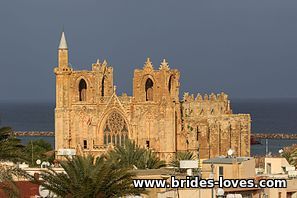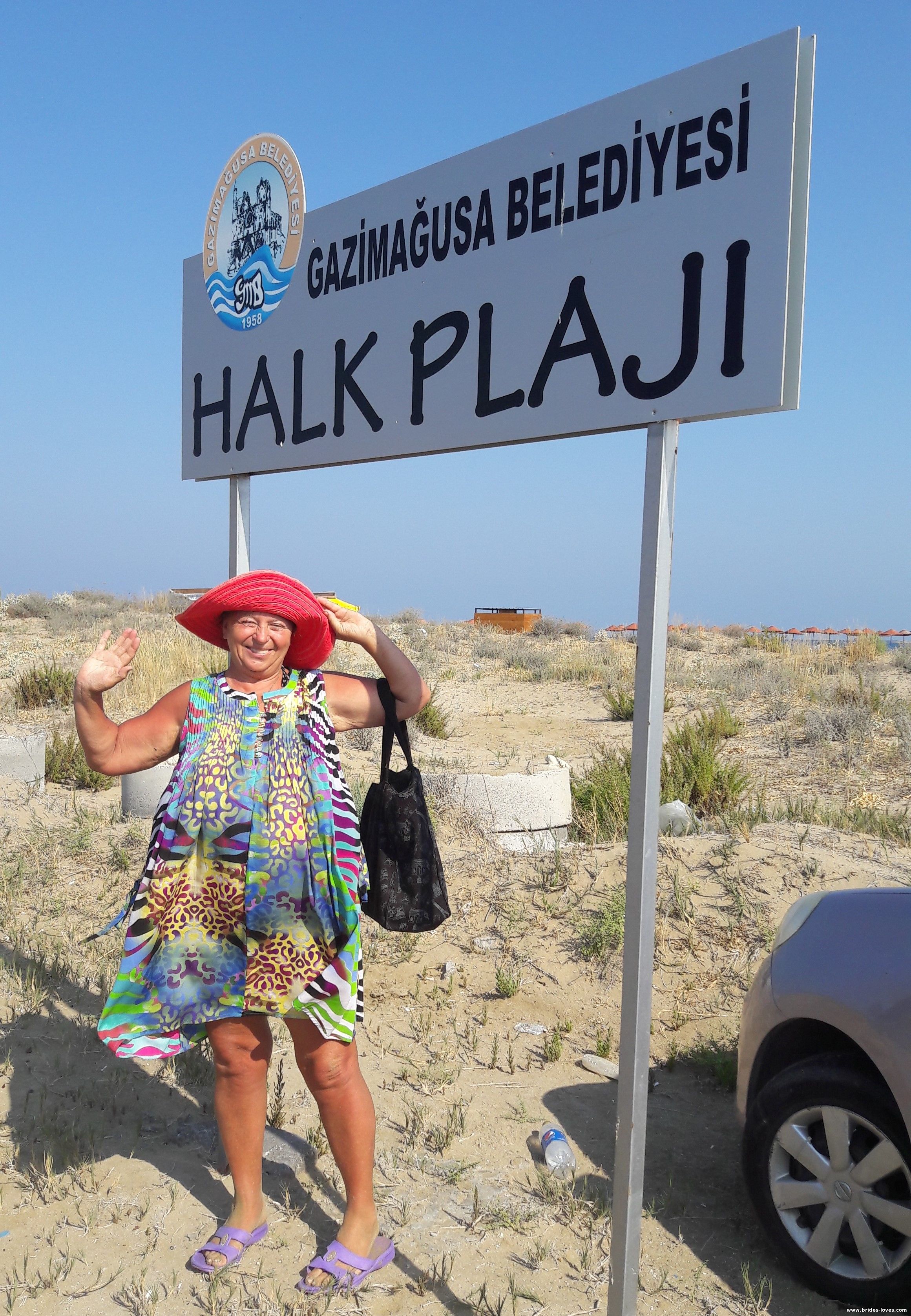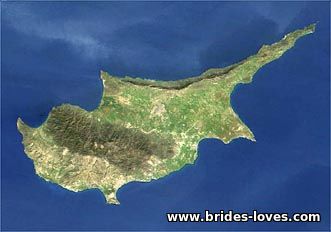00:33 New Engagement | |
This summer in our agency was very romantic Engagemet. Our client from Syprus is ready for marriage. He is very serious person and shoose also very serious girl from our Agency. In May he was in Kiev and meet this beautiful girl. And now he invited her and me in his country in order to know each other better before the marriage. Its not decided 100% about The marriage, thats why we cannot publish their photos, but some photos from this beautiful place we can show to you. We want to have the hope that their will be together. Lets wish them to be happy. But even they will not marry, at least they tried to be together. Its not easy to make the first step.This couple has made this step and we wish to them to make the second step. The happy step and to be together and enjoy the marriage life. Little about this wonderful place.. The city was founded around 274 BC, after the serious damage to Salamis by an earthquake, by Ptolemy II Philadelphus and named "Arsinoe" after his sister. Arsinoe was described as a "fishing town" by Strabo in his Geographica in the first century BC. It remained a small fishing village for a long time. Later, as a result of the gradual evacuation of Salamisdue to the Arab invasion led by Muawiyah I, it developed into a small port. The turning point for Famagusta was 1192 with the onset of Lusignan rule. It was during this period that Famagusta developed as a fully-fledged town. It increased in importance to the Eastern Mediterranean due to its natural harbour and the walls that protected its inner town. Its population began to increase. This development accelerated in the 13th century as the town became a centre of commerce for both the East and West. An influx of Christian refugees fleeing the downfall of Acre (1291) in Palestine transformed it from a tiny village into one of the richest cities in Christendom.
| |
|
| |
| Total comments: 0 | |


